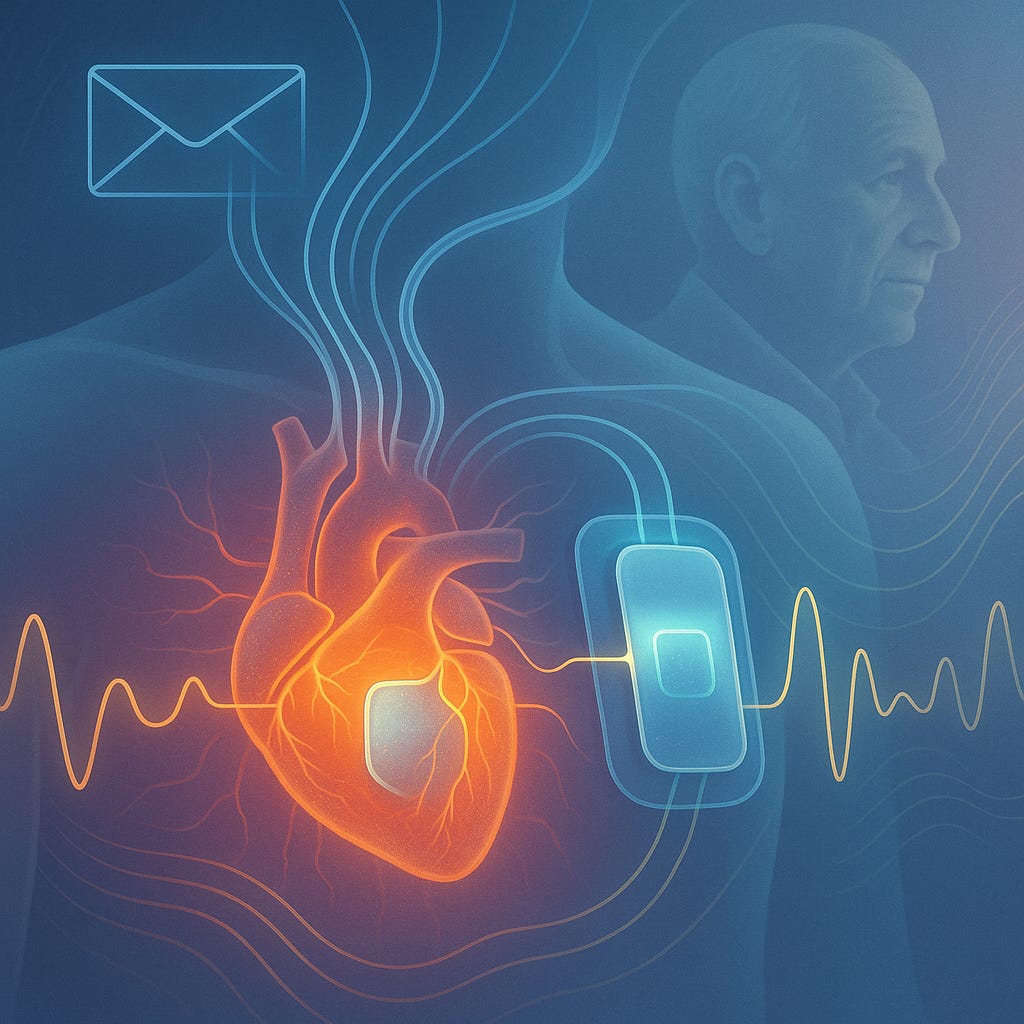Afib Screening Expands With Mail-In Heart Patch Monitors
Remote trial in the U.K. shows feasibility of mass screening for hidden atrial fibrillation but raises questions about cost and clinical impact
Topline
The AMALFI trial found that mailing ECG patch monitors to older adults at moderate to high stroke risk led to more atrial fibrillation (Afib) diagnoses compared to usual care, highlighting a scalable approach to remote screening. However, whether this strategy reduces strokes or is cost-effective remains uncertain.
Study Details
The AMALFI randomiz…
Keep reading with a 7-day free trial
Subscribe to Just Healthcare to keep reading this post and get 7 days of free access to the full post archives.


